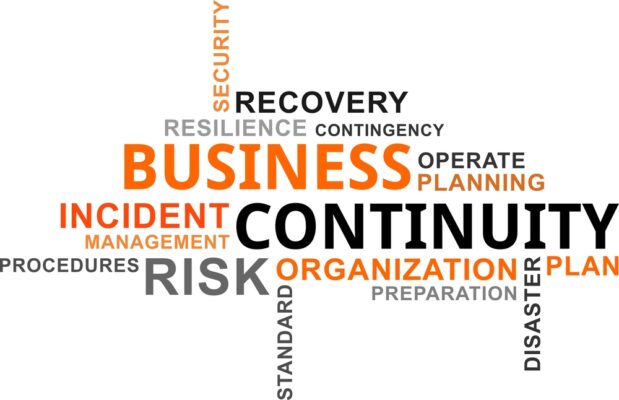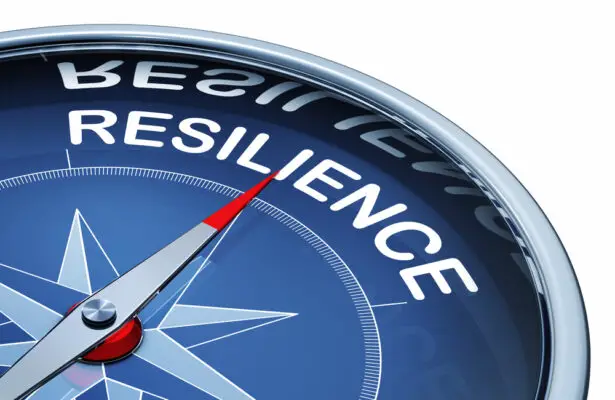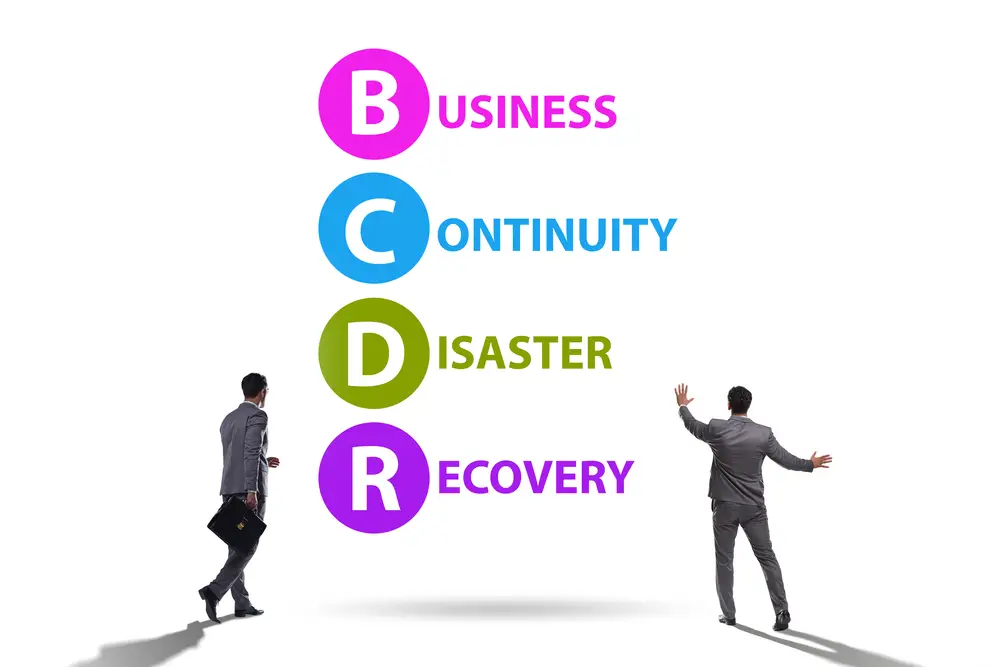Business continuity management systems (BCMS) are essential for organizations to ensure the continuation of critical operations in the event of an unplanned disruption. A BCMS is a comprehensive approach that combines methods, procedures, processes and rules to help organizations identify potential disruptions and create plans to address them.
It is important for organizations to understand the roles and responsibilities associated with a BCMS program in order to ensure its success.A 2020 study by Marsh & McLennan found that 88% of organizations surveyed had a risk management function in place, while 12% had none, indicating that risk management is widely recognized as an essential component of organizational success.
The first step in understanding program roles and responsibilities is to identify who will be responsible for managing the BCMS. This role should be assigned to someone with experience in business continuity planning and management.
The person responsible for managing the BCMS should have appropriate education on risk assessment, emergency response planning, incident management, crisis communication, and recovery strategies.
The next step is to determine who will be responsible for developing the BCMS plan. This role may involve creating policies and procedures related to business continuity planning, as well as developing plans for responding to various types of disruptions. It is important that this person has experience in developing plans that are tailored to the organization’s specific needs.
Once the plan has been developed, it is important that it be tested regularly in order to ensure its effectiveness. Testing should include simulations of various types of disruptions, such as natural disasters or cyber-attacks.
The results of these tests should be used to update the plan as needed. Also external vendors and other stakeholders must be involved during these simulations
Finally, it is important that all employees understand their roles and responsibilities when it comes to implementing a BCMS program within their organization. All employees should be aware of what they need to do if a disruption occurs, including how they can assist with recovery efforts and how they can help prevent future disruptions from occurring.
A business continuity management system (BCMS) is needed to ensure the continuity of operations during an emergency or disruptive event. A BCMS is composed of various programs, each with its own roles and responsibilities.
In this blog post, we’ll take a look at all aspects related to program roles and their duties when it comes to creating an effective BCM plan. From identifying key players within the structure to knowing who should be contacted during times of crisis or emergency event.

Roles and responsibilities within the BCMS.
Program Roles in BCMS
The most important role within a BCMS is that of the Program Manager, who oversees all aspects of the system. The Program Manager works closely with senior executives to develop strategies for maintaining business operations during disruptions.
The Program Manager must also coordinate with other departments or divisions to ensure their roles and responsibilities are met. Other essential roles include Risk Assessor, Crisis Response Team Leader, Incident Response Coordinator, and Security Analyst. Each member has specific tasks they must perform as part of their role within the BCMS.
Responsibilities in BCMS
The main responsibility of the Program Manager is to create and implement policies and procedures that will help maintain operational continuity during disruptive events. This includes developing plans for responding to emergencies and disasters, as well as identifying risks that could affect the organization’s operations.
The Program Manager must also ensure that all members of the team are trained on how to respond to different types of emergencies or crises.
The Risk Assessor is responsible for evaluating potential threats to the organization’s operations. This includes identifying any gaps in security measures or weaknesses in infrastructure that could be exploited by attackers or natural disasters. He/she needs to have appropriate documented information for the incident.
The Incident Response Coordinator oversees all activities related to responding to incidents; this includes ensuring proper resources are available and deployed when necessary.
Finally, the Security Analyst evaluates potential threats from external sources such as hackers or malicious actors; this includes assessing vulnerabilities in systems or networks and developing countermeasures for mitigating risk if needed.
Nearly every governing law requires clear roles or responsibilities to be defined. These include requirements from ISO 2301 Business Continuity Institute Good Practice Guidelines Disaster Relief Institute, FFIEC for Business Continuity, and NFPA 1600. In the ISO 22301 standard, a specific role of the IT disaster recovery program.
Business Continuity Management – Delegating Roles & Responsibilities
Business continuity is constantly undergoing iteration to improve enterprise resilience. The adoption of such strategic measures requires continuous monitoring which extends to all phases of the product life cycle and beyond.
Business continuity management began as a project management strategy focusing on the deployment of the BCM lifecycle within the organization. After implementation, business continuity management becomes increasingly embedded in an enterprise’s operations by employing a programmatic management model.
Business Continuity Program Roles and Responsibilities
A key element of creating good business continuity is identifying key responsibilities. Does everyone understand what roles are meant and how can they differ? Although we usually provide suggestions on roles and roles, each business will have its unique approach in relation to the structure of its organisation, corporate culture and business continuity objectives.
Against this background, the company is usually evaluated for organizational structures that are currently in place and the assigned tasks. The roles that you have been broken up into three categories and taken by different teams:
Strategic roles: These are the senior-level staff who are responsible for setting the overall strategy and objectives. They also serve as a liaison between departments, such as Finance and IT.
Operational roles: This includes mid-level staff who are responsible for day-to-day operations, such as scheduling and monitoring tasks.
Technical roles: At this level, staff members are more specialized and focus on activities such as developing backups, testing systems and providing support when needed.
They are owners of recovery plan and work according to industry standards and organizational goals during a crisis situation.
Business Continuity Manager
The local Business Continuity Manager (BCM) must prepare and document arrangements to transfer activities into the Business Continuity Centre. Business Continuity Managers have to ensure that Business Continuity Plan is active.
The business continuity manager (BCM) serves as a central point of contact when the BCP is triggered. The Continuity Management Officer is responsible for supporting the Crisis Management Committee (CMC) as well as the different Recovery Teams. The reorganization is necessary to keep in touch with the different departments as well as the recovery team.
Human Resources
Even after elaborate preparation and efforts, crises have extreme stress and emotional impact on everyone involved. The Human Resources Division provides HR staff with priority in meeting the needs of the employee.
Recovery Teams
In all critical departments, there is a recovery team (RT) which has a recovery team lead. Together the Recovery Team members should be capable of performing and monitoring the essential operations within the department.
Whenever the recovery team leader participates in a testing process, based on the system or business process, that takes place at Disaster Recovery Centre or Business Continuous Centre (BCC).
Business Continuity Team Members
Teams execute daily BCP plans under the direction of the Business continuity program manager. They need to have necessary competence and skills on BCM.
Business Continuity Steering Committee Members
It typically assembles six to eight people on the business continuity board to assess the success and development of the business continuity program, its objectives and maturity and make forward steps towards achieving yearly objectives.
Business Continuity Plan Owners
Business unit leaders are responsible for building each business unit’s business continuity plan with guidance from their program managers.
Crisis Management Team
CMTs have the responsibility of managing crisis events that have caused activated BCP and transfer activity into the business centre.

Response team roles and responsibilities
Business continuity teams have varying structures but they are common to many business continuity teams:
Emergency Response Team – This team is responsible for coordinating and implementing the business continuity plans during an emergency event.
Crisis Communication Team – This team is responsible for communicating with stakeholders in the event of a crisis. They are also responsible for ensuring that accurate information about the situation is disseminated to the public. Mostly the leadership teams and senior management.
Damage Control Team – This team is responsible for assessing and mitigating physical damage to any facilities or assets related to the business in case of an emergency.
Support Services Team – This team is responsible for providing support services such as counseling, medical assistance, transportation, lodging, etc., to those affected by the emergency.
Recovery & Continuity Team – This team is responsible for restoring business processes operations to their normal state after the emergency has passed and implementing measures that prevent or reduce future risks or threats.
Conclusion
Understanding program roles and responsibilities within a business continuity management system are essential for any organization looking to ensure its operations stay up and running no matter what happens outside its walls.
In familiarizing yourself with each individual role you can better prepare your company for any potential disruption it may face—whether from natural disasters, man-made crises, or cyber-attacks—so you can keep your focus on what matters most: keeping your business running smoothly.

Chris Ekai is a Risk Management expert with over 10 years of experience in the field. He has a Master’s(MSc) degree in Risk Management from University of Portsmouth and is a CPA and Finance professional. He currently works as a Content Manager at Risk Publishing, writing about Enterprise Risk Management, Business Continuity Management and Project Management.


